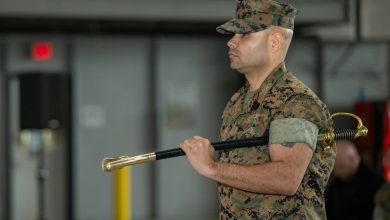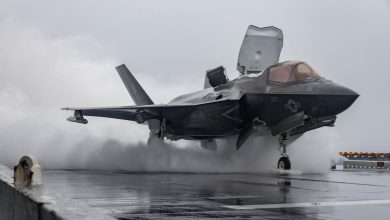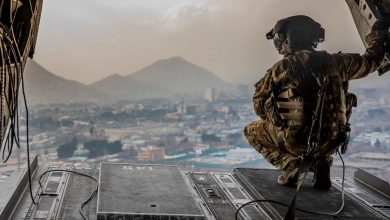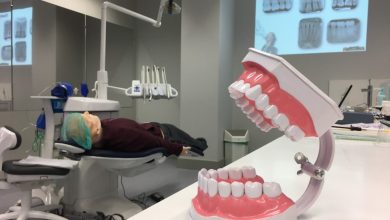Fightin’ Iron: Winchester Model 12
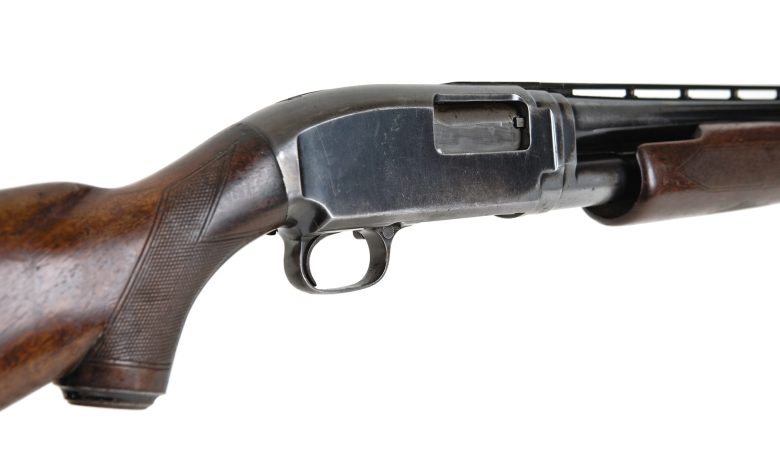
Part of the gun’s lack of charm came from the obvious. This was once a magnificent firearm, true enough, but the modifications to it and several others like it had so bastardized the old shotgun that it had none of the appeal of its youth, though it had an auspicious beginning. It was a Winchester, made in the old plant in New Haven, and a sample of one of the most enduring models the old-line gunmaker had ever built. It was a Model 12, Winchester’s premier sporting shotgun for the first half of the 20th century.
First known as the Model 1912 and introduced in that year, this slide-action shotgun was built around some of the John Browning patents for a tubular-feed mechanism. More of the gun’s ideas came from the imagination of T.C. Johnson, a Winchester designer and employee. The Model 12 had an internal-hammer design and was renowned for its exceptionally smooth action. Over its many years of production, the Model 12 was made in 12, 16, 20 and 28 gauges, as well as a host of other configurations. There were trap, skeet, field, duck, riot and trench guns. Special-order guns added more variety in personal embellishment, and even plain guns could be ordered with a ventilated- or solid-rib barrel. Two million Models 12s came out of the Winchester factory, most of them with that smooth, polished receiver that had no pins or screws and was therefore the delight of engravers. In its service days, the Winchester Model 12 competed vigorously with Remington’s Model 31. It was so much of a standard that the Model 12 was universally considered a classic.
If the gun was so damned venerable, why did someone mutilate it like the ones I found on sale in that gun shop back in the early 1980s? First, the buttstock had been shortened by about 2 or 3 inches, in the manner that shooters once shortened stocks for use by children. It pretty well ruined the gun for normal use by adult males. Worse than that, the original 20-inch barrel had been shortened to about 14 or 15 inches. A section of bronze tube had been braised back onto the end of the barrel to return it to a legal overall length.
The modifications effectively ruined a decent shotgun. But a stamp on the buttstock gave me a clue as to where this old gun had been. It read “LA Co” for Los Angeles County. I tracked down the story of these guns from a friend on the huge Los Angeles County Sheriff’s Department. It turned out to be a fascinating tale of modification, utilization and then resurrection.
At one point in time, the L.A. Sheriff’s Department wanted to experiment with a smaller-than-usual police car and bought some 50 mid-size four-door sedans, which were equipped with appropriate suspension systems, radios, light bars and the like. Everything was fine until someone discovered the currently used shotgun would not fit in the upright, front-seat rack, because there was not enough space between the roof and the center hump on the floor. They needed a shorter shotgun.
Out of some deep recess in the department’s huge armory came enough Model 12s to equip all of the mid-size police cars. Each was shortened as I have described and installed in a car. All this was hunky-dory as long as the cars lasted. They only serve for one to two years in police work, because the wear and tear is extensive. The cars were heavily used, but the shotguns were not.
Naturally, when the cars were removed from service, the shotguns, light bars and radios came out. Eventually, all of the Model 12s went back to the armory, because the smaller cars that required them were sold. Since their barrels had been shortened, making them controlled firearms under the National Firearms Act, the guns could not be sold as surplus. They were too short. Then someone came up with the idea of making the barrels long enough to sell by brazing a section of bronze tubing permanently on the muzzle end. It looked like hell, but it made the gun legal for general sales, which is just what the department did.
And that’s why several dozen mutilated Model 12s ended up in the used-gun racks of a prominent Southern CA gun store. It was a shame to see those nice old guns in such a state, but there was a perfectly logical reason why it all happened. As a guy who had a background with the Winchester product, I couldn’t resist. On my weekly run through the gun stores, I stopped at Sam’s and picked out the best of the bunch. Since the buttstock and barrel were ruined, I was really buying an action and magazine tube. It took a few months to find a new riot gun barrel, but my parts guy, eventually came up with one. When I found a weighted duck-gun buttstock, it was time to take the mass of parts to my gunsmith and have him put it all together. I now have what amounts to a new Model 12 riot gun.
Why would that be important to me? Well, I guess it is for both practical and nostalgic reasons. For the last six months of my time in Vietnam, I used a Model 12 as a defensive firearm in addition to my .45. I carried that gun through a lot of rain and mud, cleaned it often and fired it seldom. That is, until the day before I came home. On that day, I used the old issued Model 12 quite a lot, and it did everything I expected. The newly restored one in the gun rack behind me as I write is not the same gun I used in Vietnam, but it is the same model and style. A short Model 12 was, is and will continue to be first-rate fightin’ iron.
Read the full article here


